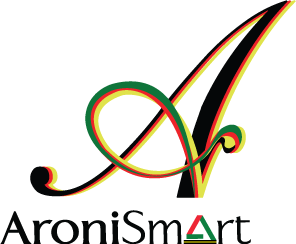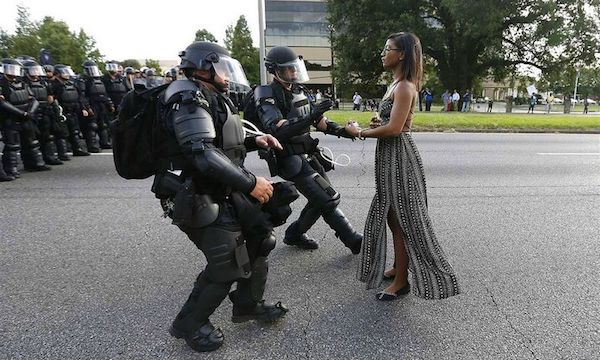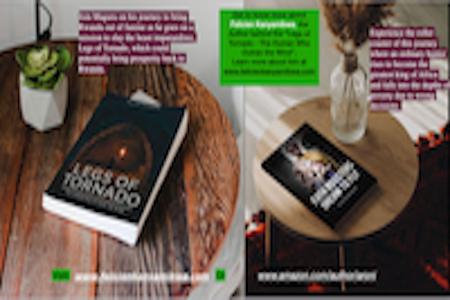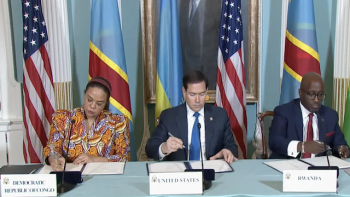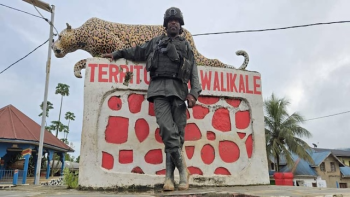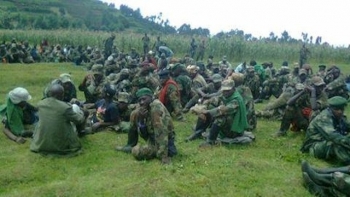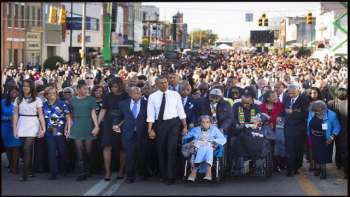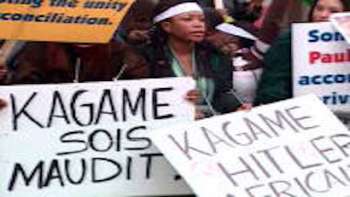Ieshia Evans was a nurse from Pennsylvania when she decided to join protestors in Baton Rouge, Louisiana on July 9, 2016. The hundreds, maybe thousands of protestors were gathered throughout the city to demand justice for well-documented cases of minorities killed by the police. Among those minorities, and the latest prominent cases, were Alton Sterling, killed in Baton Rouge and Philando Castile killed in Minnesota by police officers. Just two days earlier, the US nation had been shocked by a senseless murder of five police officers in Dallas, Texas.
Asked about why she travelled to Baton Rouge by La Guardian, Ieshia Evans said:
"When Ferguson, Baltimore and other protests broke out, I would make selfish excuses. I couldn't travel. I had to work in my job as a nurse, because I had to pay the bills. I remember the guilt of feeling that I should be there. This time, enough was enough. I had to do something... Baton Rouge was enlightening. It opened my eyes. I had been sleeping for years. I have been sleeping and now I am awake."
Ieshia Evans was arrested for standing there. She said that it was very difficult to explain to her 6-year old son, Justin:
"explaining what happened was difficult. I told him that Mommy got arrested and he said: "why? I thought only bad people get arrested. I was stumped for a little bit. And then I just said: "you know what? That's not always the case."
Yes, it is not always the case. Sometimes, people get arrested for seeking good, demanding justice, peace and security, or for practicing brotherhood and love. That was what happened to the great Iesha Evans on July 9, 2016. Her photograph, standing, slim, straight, alone, ethereal, unmoved, and in a simple but swirling black and white dress in front of an army of police officers in war-like riot gears moved the nation. The photograph was taken by Reuters journalist Jonathan Bachman. It instantly went viral on social media.
Advancing towards her are two police officers, detached from a phalanx of officers backing them and ready for action. The two police officers are wearing martian army like gears with shoulder pads, helmets, and what looks like rocket-booster backpacks. From a distance, the 2 police officers may look like 4 marching towards the apparently frail, yet resolute and unflinching, lady. The image epitomizes what some, in the minority communities across America, may feel with regard to racial issues.
Despite her historical gesture at the moment, Ieshia Evans remained humble and philosophical about the role she played. The picture is "safe. It is the color book of the truth," she said. The truth behind what made Ieshia Evans travel to Louisian to protest alongside Black Lives Matter movement activists is more complex than the picture. But the picture itself gives a glimpse on what the book about the American experience is trying to tell.
According to R. Alex Haynes, who spoke to the Washington Post a few days later, Ieshia Evans "went to Baton Rouge because she wanted to look her son in the eyes to tell him she fought for his freedom and rights."
When Studio 360 commissioned Pullitzer Prize-winning poet Tracy K. Smith to write about the image of Ieshia Evans, she wrote this:
“Unrest in Baton Rouge”
after the photo by Jonathan Bachman
Our bodies run with ink dark blood. Or else
It pools in the pavement’s seams.
Is it strange to say love is a language
Few practice, but all, or near all speak?
Even the men in black armor, the ones
Jangling handcuffs and keys, what else
Are they so buffered against, if not love’s blade
Sizing up the heart’s familiar meat?
We watch and grieve. We sleep, stir, eat.
Love: the heart sliced open, gutted, clean.
Love: naked almost in the everlasting street,
Skirt lifted by a different kind of breeze
